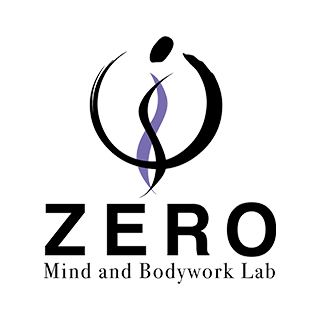Introduction
Hello, this is Hidefumi Otsuka, offering Rolfing sessions in Shibuya.
This past weekend marked the end of the first four days of the second half of the Advanced Rolfing Training in Ichigaya.

As I wrote in my previous post, Neutrality has been a recurring theme throughout this training. But it’s not just a conceptual idea — it’s a deeply embodied and visceral process.
To “be in Neutral” does not mean simply doing nothing.
It means:
- Letting go of the impulse to control
- Becoming aware of the urgency to “change something”
- And gently attuning to the life process unfolding before you
This way of being must be attuned through the body itself.
Standing in HARA — The “Just Right” Tension Born from the Belly
As I explored Neutrality over the past week, the concept I became most attuned to was HARA — or more precisely, the embodied sense of HARA, the lower abdominal center.
This awareness came from instructor Hiroyoshi Tahata. Through trial and error, he discovered that focusing on the space two or three vertebrae above the coccyx — what he calls HARA — naturally aligns the body’s vertical axis and helps the whole body release excess tension. (I’ve written about this in more detail elsewhere.)
Around the HARA are bones (iliac crest, sacrum) and internal organs (intestines, blood vessels, fascial structures) — a dense structural zone. Simply bringing awareness to this area activates support through the surrounding fascial network.
At this moment, the body enters what in autonomic terms could be described as a state of optimal tone — neither hyper-aroused (fight-or-flight) nor collapsed (freeze).
In other words:
- You’re not over-exerting
- You’re not too relaxed either
- You are in a state of balanced, living tension
When this quality is present, even in sessions, the tendency to intervene or “fix” the client decreases, and a more open space arises. Neutrality is exactly this — a stable configuration of Being supported by structural alignment.
The Limits of Seeing, the Possibilities of Sensing
At one point during the training, I had a realization: When relying on sight alone, I’m only seeing the surface of the client’s body.
Vision certainly provides useful information. But the eyes tend to judge and categorize — labeling things as “imbalanced,” “asymmetrical,” “tight,” and so on — and this clouds the ability to perceive the body as a whole.
In contrast, when I sense with my entire body, an entirely different landscape emerges.
With a gentle hand placed on the body, I can feel the subtle interplay of tension and release happening inside.
When I sense the floor through my feet and center my awareness in HARA, I notice a fine shift in the tone of the relationship with the client.
The information I receive when my awareness includes the whole body — not just the contact point — is entirely different.
In other words, observation through the eyes has limits, but sensing through the body opens up possibility.
Neutrality may be precisely this — a way of being that listens with the whole body.
In fact, during sessions guided by feedback from Ray McCall and Tahata, I could feel how the client’s body began to transform the moment it softened.
Mindfulness — The Power to Observe Without Judgment
Another key is the ability to observe without judgment. This is the essence of mindfulness, and we’ve been practicing this during training. It’s also crucial for cultivating Neutrality.
When observing a body, it’s easy to fall into mental evaluations — “tight,” “misaligned,” “this needs release” — and to act based on those assumptions.
But the Neutral stance is to receive what is happening right now exactly as it is.
To put it another way:
- It’s not about “what should be”
- It’s about “what is actually happening right now”
When this quality of awareness changes, the rhythm of the session changes. The client’s body no longer resists or defends against the practitioner’s input. And deeper layers of tension or unresolved processes begin to emerge on their own.
Neutrality is not simply about “not interfering” — it is about being someone who can wait with presence, without adding judgment, for what is happening here and now.
Conclusion — “Being” Is Cultivated in Relationship
Looking back, I’ve come to feel that Being is far more difficult than technique. Because Being acts as a mirror — reflecting back my own habitual reactions and inner urgency.
But that’s precisely why it must be cultivated within relationship.
Neutrality is the ongoing act of establishing one’s internal position —
breathing into HARA,
feeling structural support,
opening the senses,
and being present without judgment.
This way of being creates a “safe space” for the client — and in turn, facilitates profound transformation.
That is the embodied realization I’ve received throughout this past week.
I hope this post offers something of value to you.

